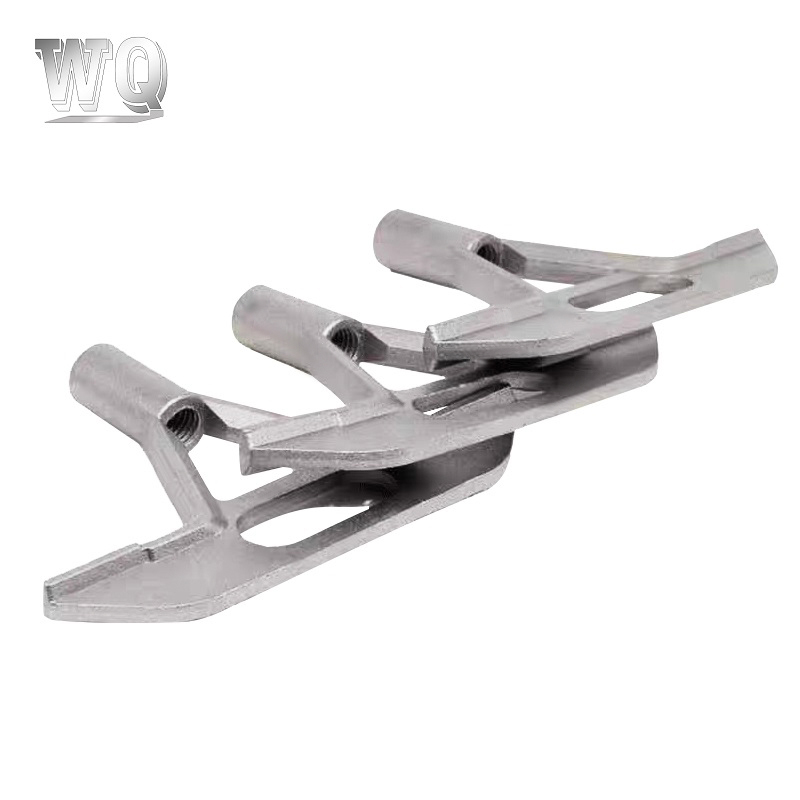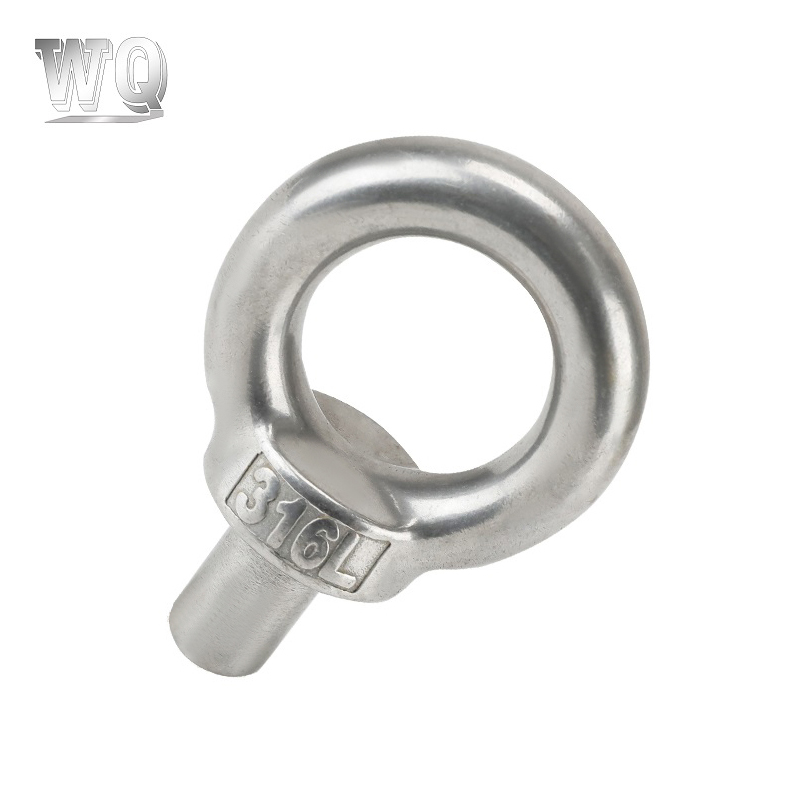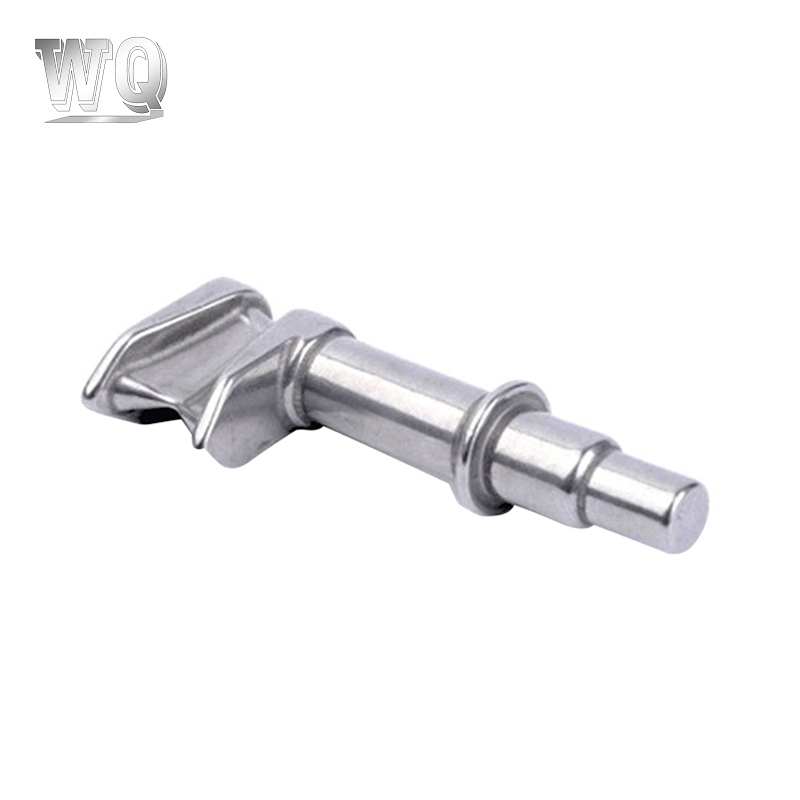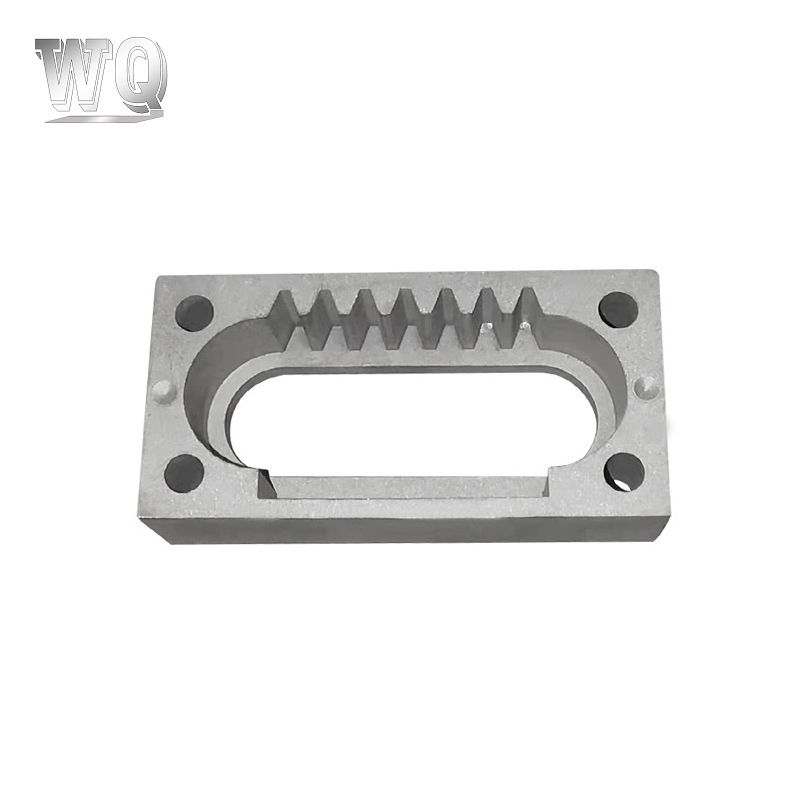Process control plays a crucial role in the quality control of copper casting parts. By monitoring and managing various parameters throughout the casting process, manufacturers can ensure that the final products meet specified standards and performance requirements.
Effective process control involves the continuous monitoring of critical parameters during casting, such as:
Maintaining the correct melting and pouring temperatures is essential for achieving optimal fluidity and minimizing defects. If the temperature is too high, it may lead to excessive oxidation or changes in alloy composition. If too low, it can result in poor mold filling and increased defects like cold shuts.
The speed at which the molten copper is poured into the mold affects how well the material fills the cavity and can influence the formation of defects like air pockets and turbulence. Controlled pouring techniques help ensure uniform filling and reduce the risk of surface defects.
Process control is instrumental in identifying and mitigating potential defects early in the production cycle:
Using sensors and data acquisition systems allows for real-time monitoring of parameters. Any deviations from predefined settings can trigger alarms, prompting immediate corrective actions before defects occur.

Implementing feedback mechanisms enables manufacturers to adjust parameters dynamically based on real-time data. For instance, if temperature fluctuations are detected, adjustments can be made to the heating elements or pouring processes to maintain optimal conditions.
Ensuring consistency across production batches is vital for meeting quality standards:
Establishing and adhering to SOPs helps maintain uniformity in processes. Training operators to follow these procedures ensures that each casting is produced under the same conditions, reducing variability.
Utilizing SPC techniques helps analyze process data to identify trends and variations. By applying statistical methods, manufacturers can predict potential issues and implement preventive measures before they affect product quality.
Comprehensive documentation is an essential aspect of process control:
Keeping detailed records of process parameters, material properties, and environmental conditions allows for thorough traceability. In case of quality issues, manufacturers can analyze historical data to identify root causes and implement corrective actions.
Regular audits of process control measures ensure compliance with quality standards. These audits help assess the effectiveness of current practices and identify areas for improvement.
Process control is often integrated into broader quality management systems (QMS):
Aligning process control efforts with ISO standards (e.g., ISO 9001) fosters a culture of quality within the organization. This integration ensures that process control contributes not only to product quality but also to overall operational efficiency.
Process control supports initiatives such as Six Sigma or Lean Manufacturing, which focus on reducing waste and improving quality. By continuously analyzing and refining processes, manufacturers can enhance product consistency and performance over time.
Even after casting, process control continues to play a role in quality assurance:
Controlling the cooling rates and monitoring solidification patterns can help prevent defects such as cracking or warping. Techniques like thermal imaging can be employed to observe temperature distributions.
After casting, performing inspections and tests (such as non-destructive testing) ensures that any defects that may have developed during cooling or solidification are identified and addressed before parts are delivered to customers.
Process control is integral to the quality control of copper casting parts. By monitoring critical parameters, preventing defects, ensuring consistency, maintaining thorough documentation, and integrating with quality management systems, manufacturers can significantly enhance the quality of their products. Effective process control not only leads to improved performance and reliability of copper casting parts but also fosters a culture of continuous improvement within the organization, ultimately contributing to greater customer satisfaction and competitive advantage in the marketplace.









